The technology for boning meat raw materials using mechanical units is one of the ways to obtain an inexpensive but natural product. In particular, through this method, manufacturers produce finished products from poultry and semi-finished products. There are different opinions regarding the usefulness of these products. In any case, there is no question of gastronomic qualities similar to a real fillet. This is due to the fact that the mechanical deboning of meat uses not only soft tissues, but also connective tissues, and in a much larger proportion. Nevertheless, the affordable price of the final product has made this processing method popular both for consumers and for entrepreneurs of different levels.
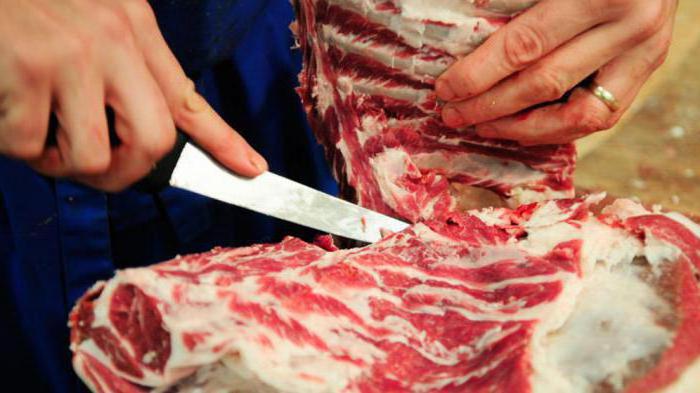
Technology Overview
Boning is not a complex and final process of meat processing. This is only one of the stages of processing, but fundamentally important, since during it an operation is performed to separate fat, muscle and connective tissue. In addition, the quality of the deboning determines how much the final product can be stored. Technologically, the process is provided with special equipment that allows cutting carcasses at one speed or another. The production workshop should at least contain a platform or worktop on which work procedures take place. The most effective differentiated mechanical deboning of meat, which suggests that a group of workers will deal with one carcass. Each of them is engaged in a certain part, suggesting its own special approach. At the final stage, the resulting blanks are sent to the appropriate containers for the subsequent processing steps.
Applied Equipment
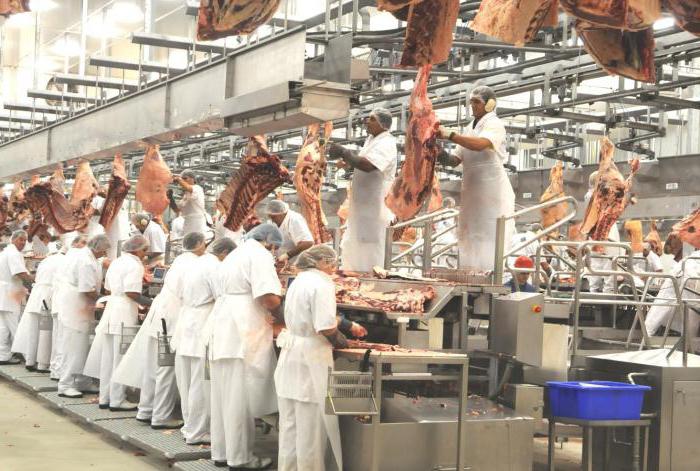
In large industries, special units are used to perform boning. The main one is a separator press, which separates soft and connective tissue with fat from bones. For example, muscle fibers are separated under pressure, after which they are filtered and processed to a state of mincemeat. The press of the mechanical boning of meat includes a perforated sleeve that works with different types of raw materials - from beef and pork to poultry with fish. Medium-power units provide productivity at the level of 1500-2000 kg / h.
The differences between the separators are determined, in particular, by the diameter of the outlet openings. The standard size is about 1-1.2 mm, and slotted sleeves with rings give 0.8 mm fibers at the output. Thus, the meat boning equipment prepares the minced meat for use in semi-finished products, canned food, and less often in sausages.
Boning line composition

To optimize the logistics processing processes, equipment manufacturers form finished conveyor belts in which the whole range of necessary operations takes place. Also, in some embodiments, auxiliary processing procedures may be provided. A typical line for a meat boning workshop includes the following functional units and accessories:
- Reception cutting table for primary processing of half carcasses.
- Conveyor belt for feeding raw materials - meat pieces.
- Belt conveyor for bone removal.
- Roller for removal of containers after filling.
- Installation places for boxes under meat.
- Boning knives and other manual boning tools.
The workflow is performed automatically at a given speed, but without the complete exclusion of workers.As a rule, the beef meat boning line provides for positions for 10-20 people. Some of them are directly involved in work activities, and several operators control the functioning of the equipment.
Boning raw materials
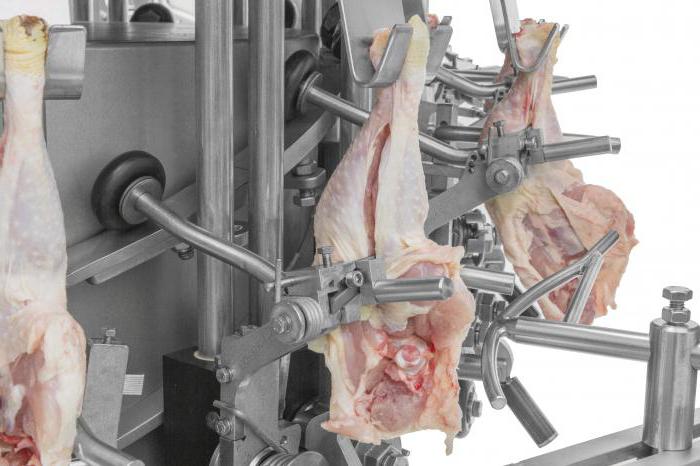
Boning operations can be performed on various meat and fish pieces with carcasses. You can also highlight lamb, ducklings, poultry, turkey, etc. But the smaller the size of the raw materials, the more waste will be. This is especially true for high-performance lines designed to work with large carcasses. Meat is also classified by quality categories. For example, in the case of pork, carcasses of the first and second categories are mainly used. Depending on the age, condition, method of heat treatment and the preliminary storage period, certain parameters of the mechanical deboning of meat are selected, including the diameter of the same shells, cutting speed, etc. And even after receiving the stuffing, the further stages of manufacturing the semi-finished product will have to take into account primary characteristics of raw materials.
Types of boning
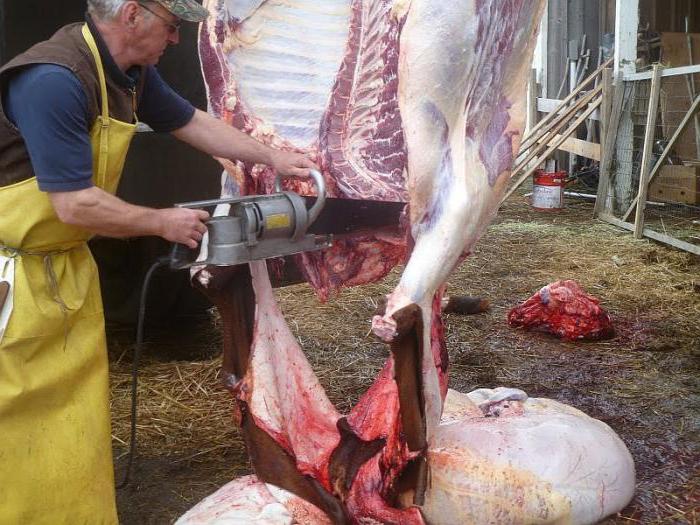
Typically, the vertical and horizontal boning methods are distinguished. In both cases, equipment of different design and operational parameters is used. Vertical units are equipped with a frame, which in suspension mode guides pieces of meat. The running gear is driven by a hydraulic cylinder through a block-tross system. The deboning itself is carried out on a thrust platform, adjusted to the physical data of the operator. Horizontal technology is realized by a mechanical press. Boning of meat in this case is carried out on platforms without hanging mechanisms. This is a more time-consuming method, but in terms of performance, in some cases it is more profitable.
Features of poultry boning
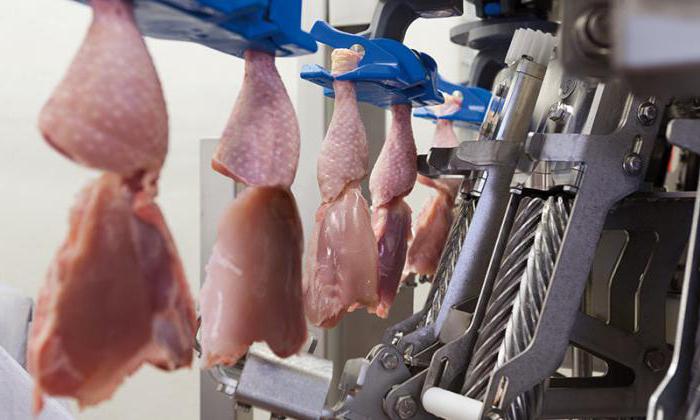
Working with a bird requires a more delicate approach. For this reason, often use hand tools for deboning, but today there are more advanced mechanized units to perform such tasks. Before processing, the carcasses are frozen, and then they are cut into halves or quarters. The movement of finished cuttings is carried out using special conveyors, after which the process of mechanical deboning of poultry meat is started. What is it from a technical point of view? Work operations are performed by circular saws, as well as pneumatic tools. Both stationary and mobile equipment can be used, depending on the conditions of the technological organization. Sometimes the same separators are used. In this case, the fillet with bones is crushed, and then hard and soft pieces are distributed into containers.
Pros and cons of mechanical meat boning
The introduction of mechanized installations at the production stages, involving the implementation of complex cutting and separation operations, provides many economic advantages. Automated lines perform boning faster, while requiring less resources. But with regard to the energy value of the product, experts note negative traits. For example, boning of pork meat leads to a decrease in the content of connective tissue proteins - an average of 6% instead of 10-12%, as with manual processing. Similar dynamics can be traced in other quality parameters. Nevertheless, in poultry meat, the deterioration in consumer properties during mechanized separation is not so critical.
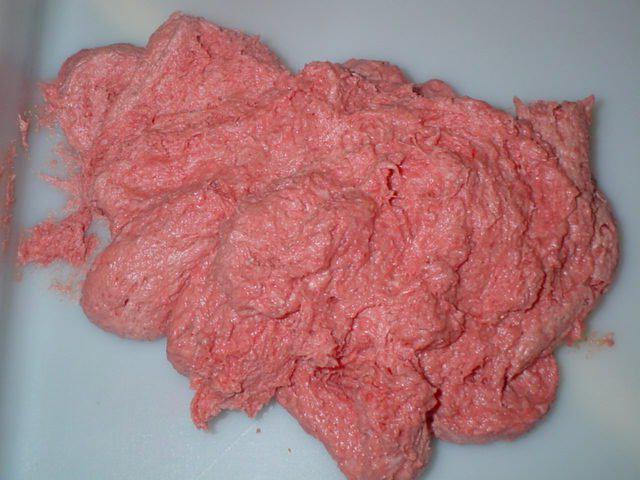
Conclusion
Boning technology is a prime example of increasing productivity in traditional areas of the food industry. It is important to note that the updating of processing methods occurs at the next stages of preparation of raw materials for the final station for obtaining the finished product. For example, the venation even allows you to correct errors made during the mechanical deboning of poultry meat.What does it mean? This is a finer sorting process with the release of small bones, which are sometimes allowed by a separation press. In a sense, this is a re-boning process, during which large tendons, cartilage, core strands, etc. are also distributed into separate containers. The trimming is also carried out during the processing of pork and beef. On average, after this treatment, about 2–3% of connective tissue and cartilage are released from the total mass of the target piece. This measure just improves the quality of products, while maintaining the optimal speed of processing raw meat. Manual methods of execution in any case remain less effective, despite the higher quality of manufactured products.